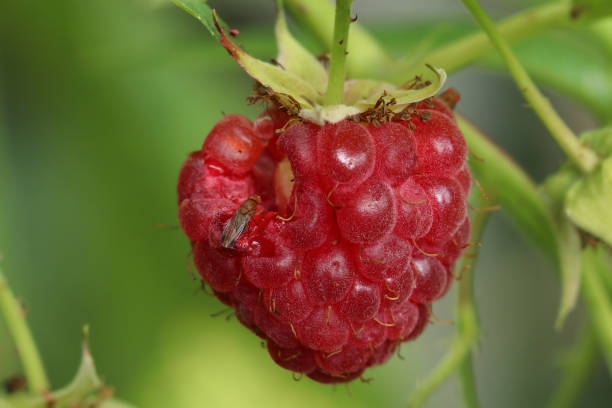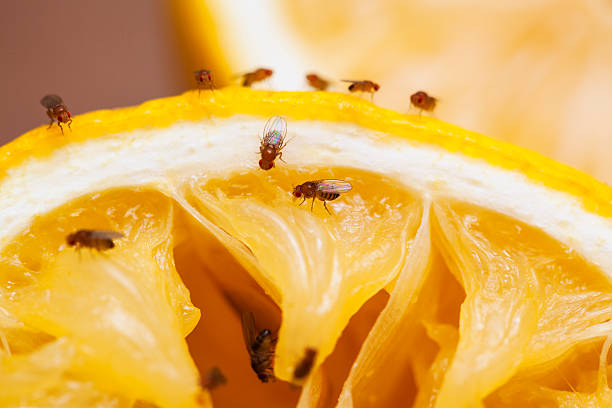As soon as it gets warmer, the annoying fruit flies reappear. The little mosquitoes gather around the fruit basket or sweet drinks and buzz around the kitchen. They quickly become a real plague. With our tips, you can take effective action against fruit flies and put an end to the mosquito plague in the kitchen.
Build fruit fly traps yourself
With liquids, the small insects can be easily caught and fought quickly and easily. For the self-made trap, mix some vinegar and fruit juice with water in a ratio of 2 to 1 and add a few drops of washing-up liquid. The fruit flies are attracted by the sweet mixture, the washing-up liquid means they can no longer stay on the water surface and drown. A similar effect can be achieved with denture or braces cleaner. The intensely smelling olive herb as a bouquet hung in the kitchen is also said to drive away fruit flies.

Get rid of fruit flies
The most important measure to take against the mosquito plague is not to leave ripe fruit and vegetables lying around in the open. The fruits release ethylene during the ripening process, which in turn accelerates the ripening process of the other fruits. Apples and tomatoes in particular release large amounts of this gas.
In order to rid the kitchen of attractants and fermenting gases, regular ventilation is essential. It is also helpful to dispose of the organic waste more frequently than usual, especially in the summer months, as this can create breeding grounds for mosquitoes.
Where do the fruit flies come from?
The fruit flies, also called fruit, cider, or vinegar flies, are yellow-brown with bright red eyes and three to four millimeters in size. (They are not to be confused with the small black mosquitoes, so-called fungus gnats, which, however, prefer to stay in moist potting soil.) The fruit flies prefer to use overripe fruit or vegetables as their breeding grounds, whereby the damaged areas and stalk attachments are particularly popular. This is where the mosquitoes lay their eggs so that the larvae are immediately supplied with enough food after hatching. The residual waste, organic waste, or unsealed leftovers also attract the fruit midges.
The most effective measures at a glance

With the following tips you should get the mosquito plague in the kitchen under control:
- Homemade traps made from apple cider vinegar, fruit juice, and dish soap.
- Braces or denture cleaner
- Holy or olive herb
- Carnivorous plants, such as butterwort
- Prevention: Regular airing
- Avoidance of breeding sites: Frequent disposal of organic or residual waste
- Do not leave overripe fruit, vegetables, or other leftover food lying around


